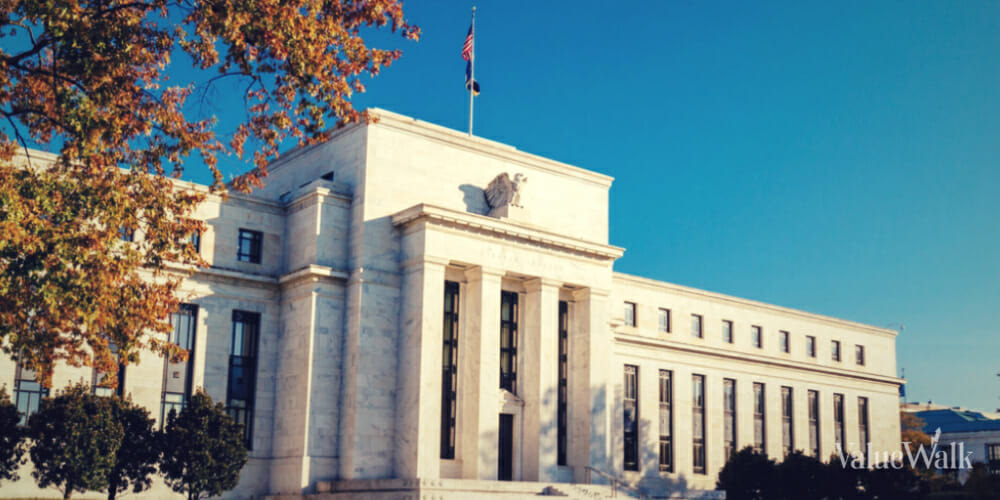The markets fell on Wednesday, dropping sharply in the afternoon following the Federal Reserve’s decision to hold interest rates at their current levels.
The S&P 500 dropped 79 points or 1.6% on Wednesday to close at 4,845, while the Nasdaq Composite fell 346 points or 2.2% to 15,614. In addition, the Dow Jones Industrial Average tumbled 317 points or 0.8% to 38,150.
There had been some perhaps irrational exuberance that the Fed might start cutting rates as early as March. However, the central bank threw cold water on that, which may have accelerated the decline on Wednesday afternoon.
A March rate cut is unlikely
The Fed held the federal funds rate at 5.25% to 5.5% for the fourth straight meeting after last raising it in July. It was not unexpected, but the markets seem to have interpreted the Fed’s remarks and statements as more hawkish in tone.
“The economic outlook is uncertain, and the Committee remains highly attentive to inflation risks,” the Fed said in its statement. “The Committee does not expect it will be appropriate to reduce the target range until it has gained greater confidence that inflation is moving sustainably toward 2%. In addition, the Committee will continue reducing its holdings of Treasury securities and agency debt and agency mortgage-backed securities, as described in its previously announced plans. The Committee is strongly committed to returning inflation to its 2% objective.”
In December, inflation actually rose to 3.4% from 3.1% in November, so that likely influenced the Fed’s perceived hawkish tone. The economy also grew at a faster-than-expected clip in the fourth quarter, with the gross domestic product (GDP) at 3.3%, ahead of the projected 2.2% growth rate.
Fed Chair Jerome Powell was more pointed in his language in the press conference that followed the central bank’s statement, declaring, “Inflation is still too high, ongoing progress in bringing it down is not assured, and the path forward is uncertain.”
The good news is that Powell said that rates are likely at their “peak for this tightening cycle,” adding that “if the economy evolves broadly as expected, it will likely be appropriate to begin dialing back policy restraint at some point this year.”
However, that probably won’t be at the next meeting in March.
“Based on the meeting today, I would tell you that I don’t think it’s likely that the committee will reach a level of confidence by the time of the March meeting to identify March is the time to do that [cut rates], but that’s to be seen,” Powell said at the press conference.
He added that March is “probably not the most likely case or what we would call the base case.”
Irrational expectations?
It seems that the market overreacted to the Fed’s decision and comments on Wednesday, as a rate cut in March was probably not in the cards anyway. The Fed indicated as much in its summary of projections, or dot plot, at its last meeting in December, as the consensus called for around three rate cuts in 2024. It was unlikely that those cuts would start as early as March.
On Thursday morning, all three major markets opened higher, which probably suggests a collective acknowledgment that things went too far the other way on Wednesday.
Thursday should be another big day for the markets, particularly after hours, as three of the Magnificent 7 stocks — Apple (NASDAQ:AAPL), Amazon (NASDAQ:AMZN), and Meta Platforms (NASDAQ:META) — are all set to report their latest earnings results after the market closes.





